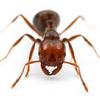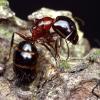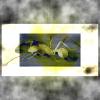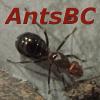FSTP and I had a brief chat the other day where he asked me if my C. fragilis post a guard at the entrance to the nest. My response was yes, there is always one there, unless spooked they may retreat but usually return in fairly short order. So I wanted to open this up as a topic of discussion in the following format:
- If you are keeping C. fragilis have you noticed this behavior?
- What detail can you share about the behavior with this sp.?
- Do you have any other sp. that practices this behavior and if so what sp. is it, and any details?
From my observations of C. fragilis, I have seen them post two sentry's one at the nest entrance and another at the queen's chamber entrance, so even if the nest entrance worker leaves her post briefly to check on things or to venture slightly outside of the nest entrance the Queen's chamber sentry is there
Since my colony is small with only 6 workers, it might be easier to determine this behavior, but it is certainly interesting to watch.
I can definitely say with confidence that the S. xyloni colony I have do not exhibit this behavior at all, nor have I ever witnessed it in the S. sp. in the wild I guess for these ants there would be way too many entrances to guard and they don't worry about it due to sheer numbers.
What have you observed?
Edited by Xanuri, March 20 2019 - 8:42 AM.























